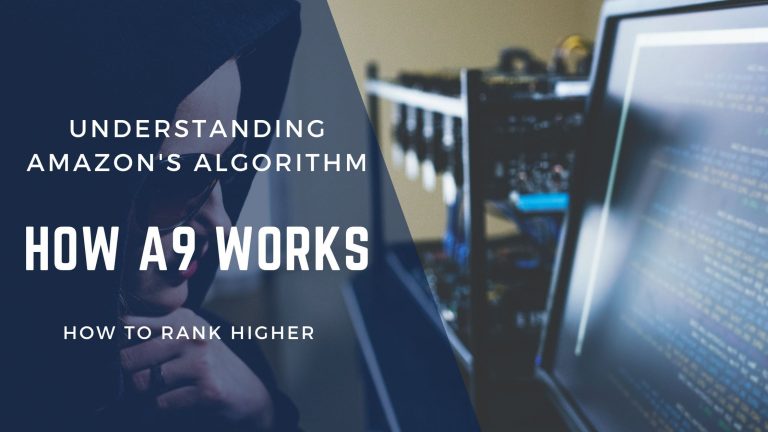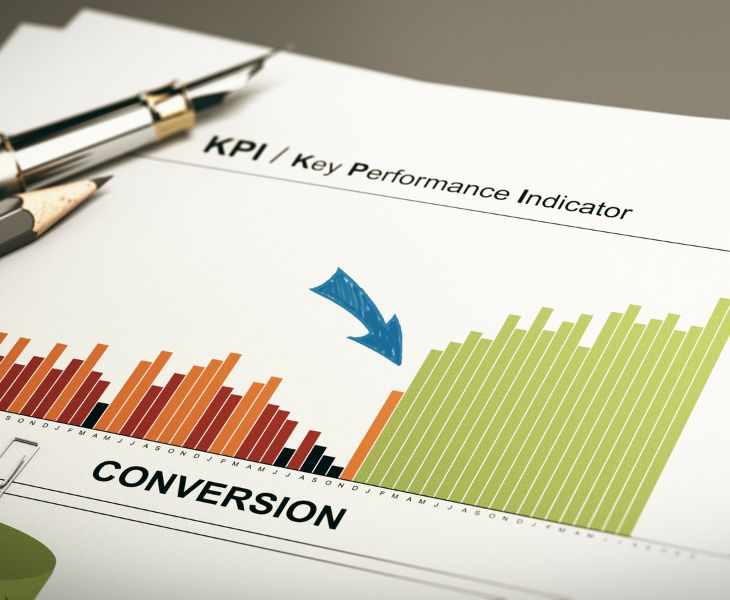Learn the secrets behind Amazon’s A9 algorithm and how to optimize your listings for better visibility and conversions.
If you’re selling on Amazon, ranking high in search results is one of the most important goals for success. But unlike Google, Amazon’s algorithm—known as A9—isn’t built just to deliver information. It’s built to sell products. That means everything Amazon shows shoppers is geared toward one outcome: driving more sales. To rank higher, you need to understand how A9 works and how to align your listings with its logic. This blog breaks it down for you and gives you actionable steps to boost your visibility and sales.
How Amazon’s A9 Algorithm Works
The A9 algorithm is Amazon’s search engine system that determines which products appear in search results and in what order. Unlike traditional search engines that aim to provide the most relevant information, Amazon’s goal is to show products that are most likely to convert into sales.
Several factors influence A9’s decision-making process. Sales velocity plays a huge role—products that are selling well are likely to rank higher. Reviews also matter; listings with more positive reviews are often favored because they help build buyer confidence. Relevance is another major factor. If your listing doesn’t match the shopper’s keywords or search intent, A9 won’t prioritize it.
It’s also important to understand the difference between organic ranking and PPC ranking. Organic rankings are earned through keyword relevance, sales performance, and listing quality. On the other hand, PPC rankings (sponsored listings) are paid placements, where the highest bidder for relevant keywords shows up in designated ad spots. Ideally, your product should perform well in both organic and paid results to maximize visibility.
Keyword Optimization for A9
To win with A9, you need the right keywords in the right places. Start by researching keywords using tools like Helium10’s Cerebro, which allows you to reverse-engineer your competitors’ listings and identify high-ranking keywords that drive their sales. This gives you a blueprint of which search terms are working in your niche.
When choosing keywords, it’s essential to understand the difference between short-tail and long-tail keywords. Short-tail keywords (e.g., “knee brace”) have higher search volume but are more competitive. Long-tail keywords (e.g., “knee brace for arthritis pain”) are more specific and may convert better, especially if they match the shopper’s exact intent.
Don’t ignore backend search terms either. These hidden fields in your Seller Central account are crucial for indexing. Use them to include relevant variations, common misspellings, and other keywords that don’t fit naturally in your title or bullet points. When optimized properly, backend terms increase your product’s discoverability without cluttering your customer-facing content.
Optimizing Product Listings for Higher Rankings
Your product listing needs to be both keyword-optimized and conversion-friendly. Start with your title—it’s one of the most heavily weighted fields for A9. Your title should include your primary keyword as close to the beginning as possible, while still reading naturally. Include key product details like quantity, size, or compatibility to help with clarity and click-through rate.
Bullet points are your next opportunity to both satisfy A9 and convince shoppers. Use each bullet to highlight a unique benefit or feature, and naturally include secondary keywords. Keep your language clear and benefit-driven to help drive conversions.
The product description is your chance to tell your brand story and address any questions or objections a buyer might have. For brand-registered sellers, A+ Content (formerly known as Enhanced Brand Content or EBC) is even more powerful. It allows you to replace your standard description with visuals, comparison charts, and modular layouts that increase engagement and conversion rates. While A+ Content doesn’t directly impact ranking, it indirectly boosts it by increasing your conversion rate—something A9 rewards heavily.
The Role of Sales Velocity & Conversions in Ranking
Amazon’s algorithm is performance-based, which means the faster and more frequently your product sells, the higher it will rank. Sales velocity tells Amazon that shoppers trust your product and that it meets market demand. One of the biggest drivers of sales velocity is pricing. Your price doesn’t always have to be the lowest, but it should match the perceived value of your product. Competitive pricing, combined with strong visuals and reviews, helps win the Buy Box and increase conversions.
You can also increase conversions by implementing strategies like urgency tactics (e.g., limited-time deals), leveraging social proof, and bundling related products. Shoppers are more likely to buy when they feel they’re getting value and credibility.
Promotions and Lightning Deals can be especially effective for giving your product a short-term boost in ranking. These sales spikes trigger Amazon’s algorithm to push your listing higher, and even after the deal ends, your organic ranking often remains improved due to the increased sales velocity.
The Impact of Reviews & Ratings on Rankings
Reviews are a cornerstone of the A9 algorithm. Amazon wants to show customers products they’ll be happy with, and nothing signals quality like a high review count and strong star rating. Listings with a large number of recent, positive reviews tend to rank higher and convert better because they inspire trust and reduce buyer hesitation.
To improve your review count ethically, use methods approved by Amazon, such as follow-up emails, packaging inserts, and the “Request a Review” button in Seller Central. Timing is important—ask for reviews after the customer has had time to use the product and (hopefully) enjoy it.
Managing negative reviews is just as important. Responding professionally to bad feedback can show potential buyers that you care. Where possible, resolve customer issues promptly and prevent similar complaints in the future by making product or packaging improvements. A steady stream of high ratings and fewer negative reviews helps stabilize and even improve your ranking over time.
Conclusion
Ranking higher on Amazon isn’t about gaming the system—it’s about aligning your product listings with what Amazon values most: customer satisfaction and sales. By understanding how the A9 algorithm works and focusing on key factors like keyword relevance, listing optimization, sales velocity, and review management, you can improve your organic visibility and outperform the competition.
Start by optimizing your keywords, crafting compelling content, and delivering a great product experience—and let Amazon’s algorithm do the rest.







10 Responses
Thank you Aman sir, i learn new things. But Tamil la இருந்தா இன்னும் easy a இருக்கும்,
Great insights. Always helpful.
Great? helpful
Very important for us to learn Amazon’s A9 algorithm. Great?
Help full,, important to learn A9alogrithm.
Nice information
very nice and useful
Thank you Its great insights
Aman Sir
This is a clear insight into Amzon A9 algorithm
Very good for understanding of Amazon A9 algorithm
Thanks to aman for this explanation ? and A9 ah pathi module laiyum add panningana yellarukume useful ah irukum …